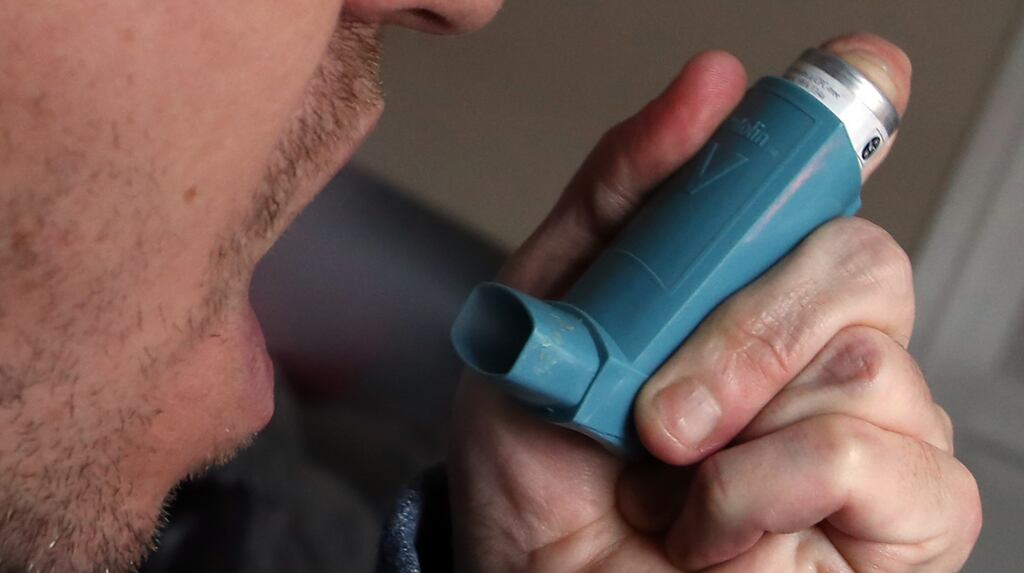Scientists have discovered a new cause for asthma that offers hope for treatment that could prevent the life-threatening disease.
The majority of current asthma treatments come from the idea that it is an inflammatory disease. The life-threatening feature of the condition is the attack, or the constriction of airways, which makes it difficult to breathe.
A new study in mice suggests for the first time that many features of an asthma attack – inflammation, mucus secretion and damage to the airway barrier that prevents infections – result from this mechanical constriction.
The findings suggest the damage, inflammation and mucus that result from an asthma attack could be prevented by blocking a process that normally causes the death of epithelial cells – which cover the inside and outside surfaces of the body.
READ MORE
Prof Jody Rosenblatt, from King’s College London, said: “Our discovery is the culmination of more than 10 years’ work.
“As cell biologists who watch processes, we could see that the physical constriction of an asthma attack causes widespread destruction of the airway barrier.
“Without this barrier, asthma sufferers are far more likely to get long-term inflammation, wound healing and infections that cause more attacks.
“By understanding this fundamental mechanism, we are now in a better position to prevent all these events.”
Those with asthma can suffer from symptoms such as wheezing, coughing, feeling breathless and a tight chest. Triggers can include pollen or dust and they can make symptoms worse, potentially leading to a life-threatening asthma attack.
The causes of asthma are still not understood and current medications treat the consequences of an asthma attack, but do not prevent it.
Researchers suggest the answer to stopping asthma symptoms may lie in cell extrusion, a process they discovered that drives most epithelial cell death.
Scientists at King’s College London used mouse lung models and human airway tissue to discover that when the airways contract, known as bronchoconstriction, the epithelial cells that line the airway get squeezed out to later die.
Because bronchoconstriction causes so many cell extrusions, it damages the airway barrier, which causes inflammation and excess mucus.
Previous research has found that the chemical compound gadolinium can block extrusion.
In the study, researchers found it could work in mice to prevent the excess extrusion that causes damage and inflammation after an asthma attack.
However, the compound has not been tested in humans and has not been deemed to be safe or efficacious.
Prof Rosenblatt said: “This constriction and destruction of the airways causes the post-attack inflammation and excess mucus secretion that makes it difficult for people with asthma to breathe.
“Current therapies do not prevent this destruction – an inhaler such as Albuterol opens the airways, which is critical to breathing, but, dishearteningly, we found it does not prevent the damage and the symptoms that follow an attack.
“Fortunately, we found that we can use an inexpensive compound, gadolinium, which is frequently used for MRI imaging, to stop the airway damage in mice models as well as the ensuing inflammation and mucus secretion.
“Preventing this damage could then prevent the build-up of musculature that cause future attacks.”
The paper – in collaboration with the University of Leicester and funded by Wellcome, Howard Hughes Medical Institute and the American Asthma Foundation – is published in the Science journal.














